A Complete Guide to Wedding Rings
A Complete Guide to Wedding Rings
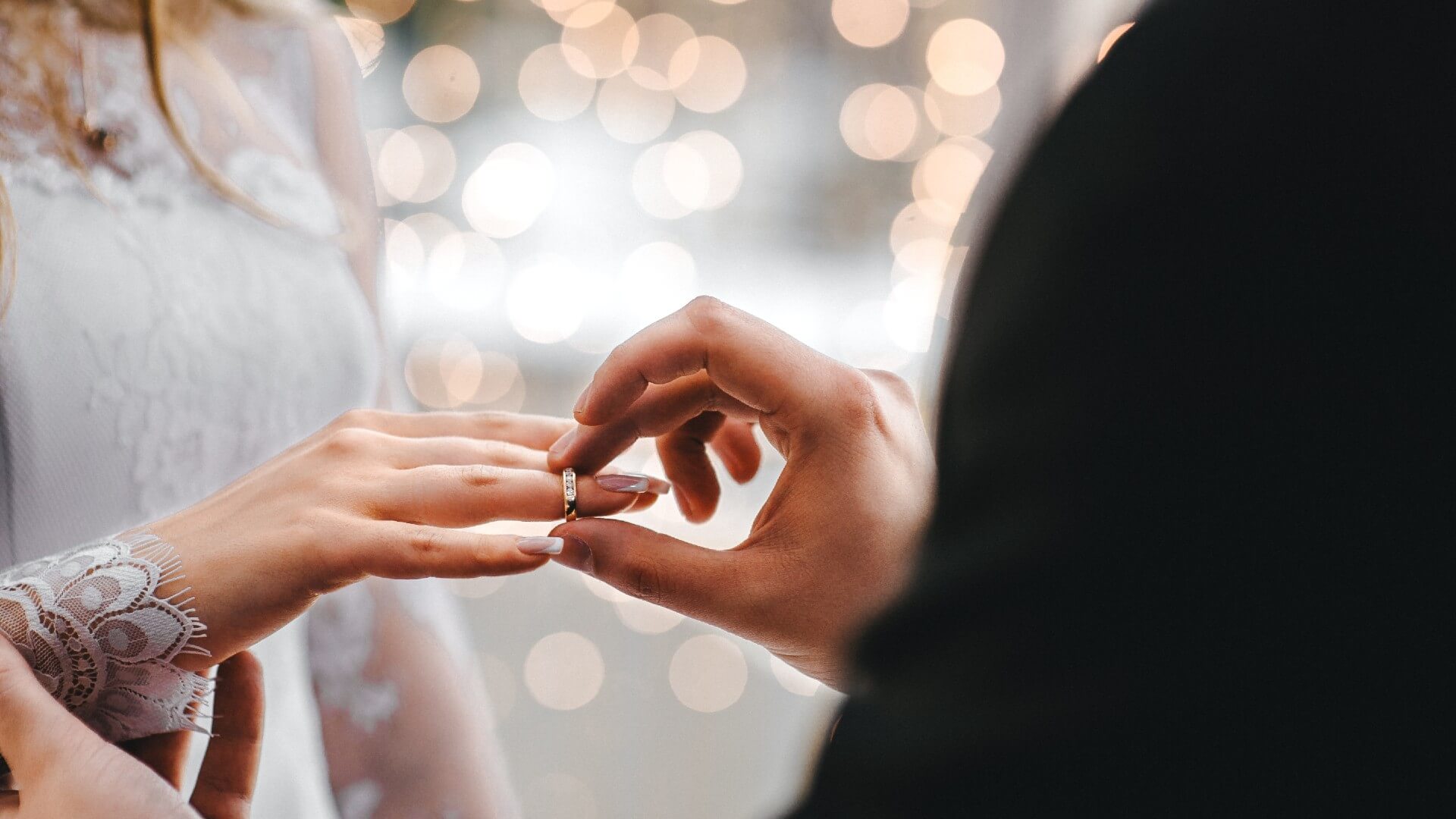
Wedding rings are a symbol of your love and commitment, and your wedding band is the one piece of jewelry you will wear every day of your life. Whether you’re looking for a unique ring that showcases your personality or want a traditional band with a classic design, you should choose a wedding ring that reminds you of your spouse every time you glance at your hand.
How to Wear Wedding Rings
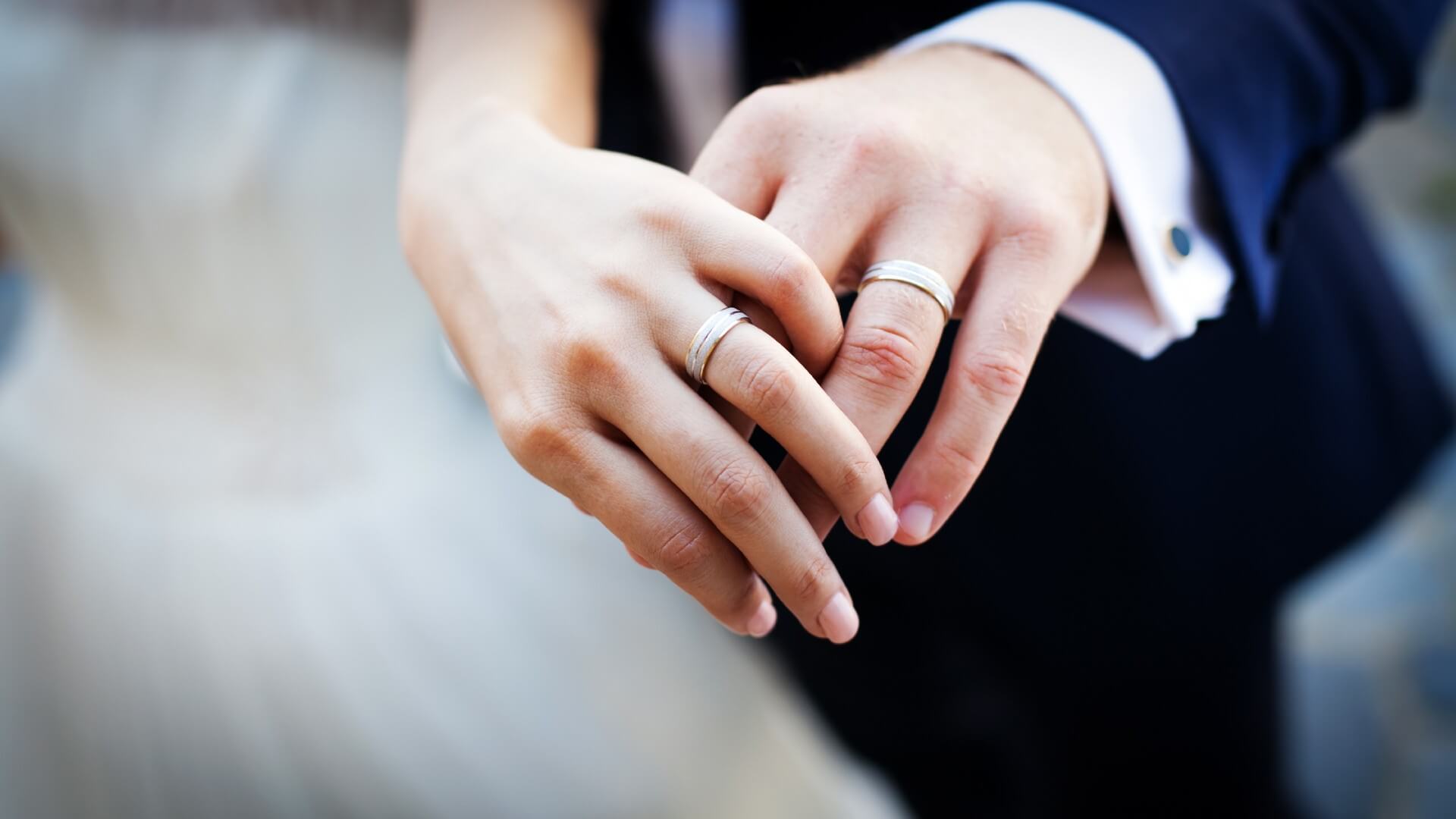
The wedding ring is typically worn on the fourth finger of the left hand, often called the ring finger. If you also have an engagement ring, the wedding band goes on first so it is closest to your heart, with the engagement ring on next to it. Some people prefer to wear the rings in the order that they were given, which means sliding on the engagement ring first, followed by the wedding band. Sets that include both types of ring connected together can be placed in either direction on the finger. Essentially, the best way to wear your wedding ring is the way it feels most comfortable and meaningful to you.
Why Do People Wear Wedding Rings on the Right Hand?
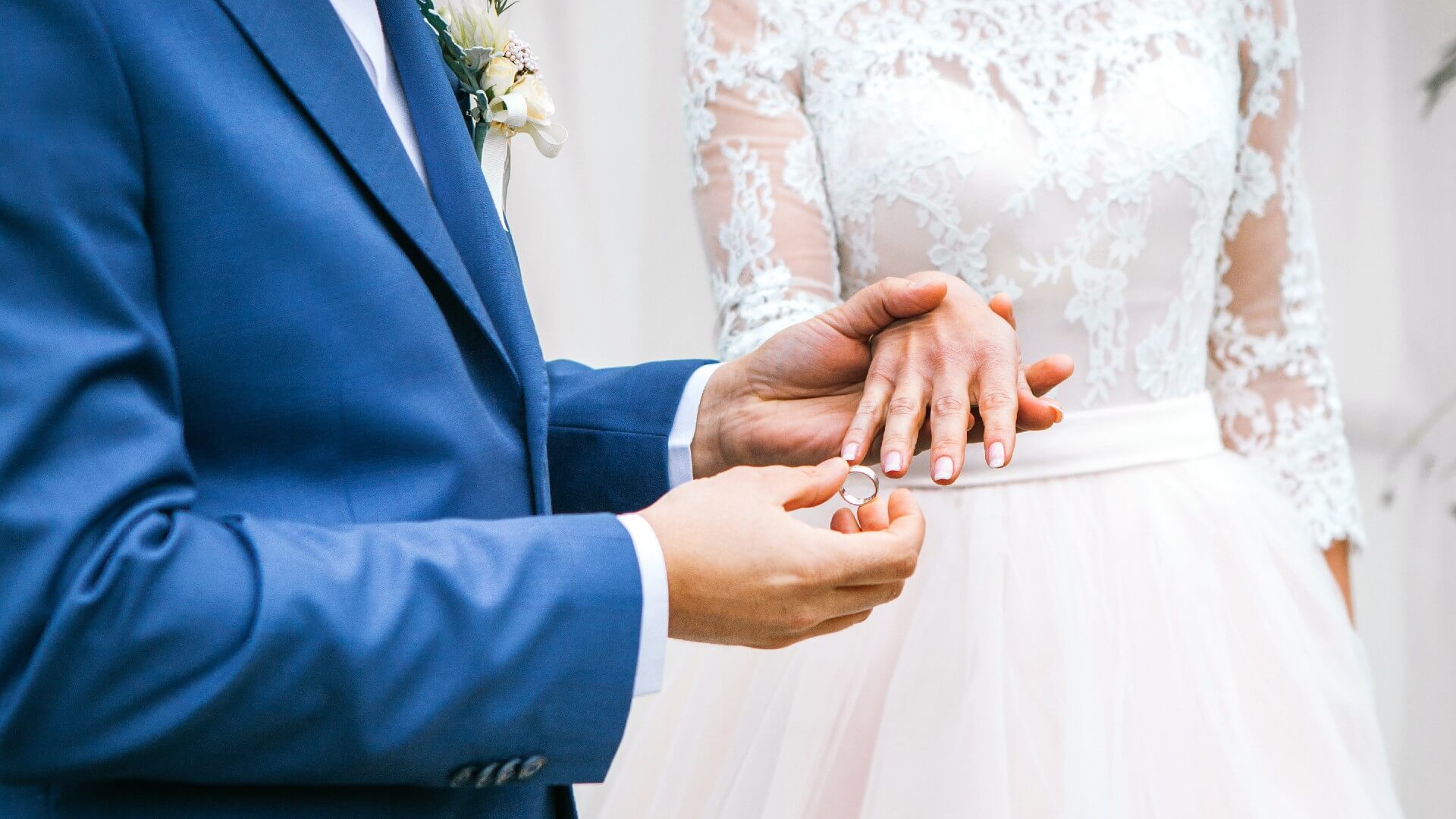
In some cultures, wedding rings are worn on the right hand instead of the left hand. Some places where this practice is common include Greece, Poland, Russia and Spain. In other countries, such as China, each member of the couple wears the wedding ring on the opposite hand. Chinese grooms wear their wedding band on the left hand, while Chinese brides use the right hand.
Many gay and lesbian couples also opt to wear their wedding rings on the right hand instead of the left hand. In the LGBTQ community, this has become a recognized symbol for a committed relationship.
For some, wearing a wedding ring on the right hand is a practical decision. People who are left handed might find it easier to wear their wedding and engagement rings on their non-dominant hand. Someone with arthritis in the left hand may wear their wedding ring on the right hand because that is more comfortable.
What Do Wedding Rings Symbolize?
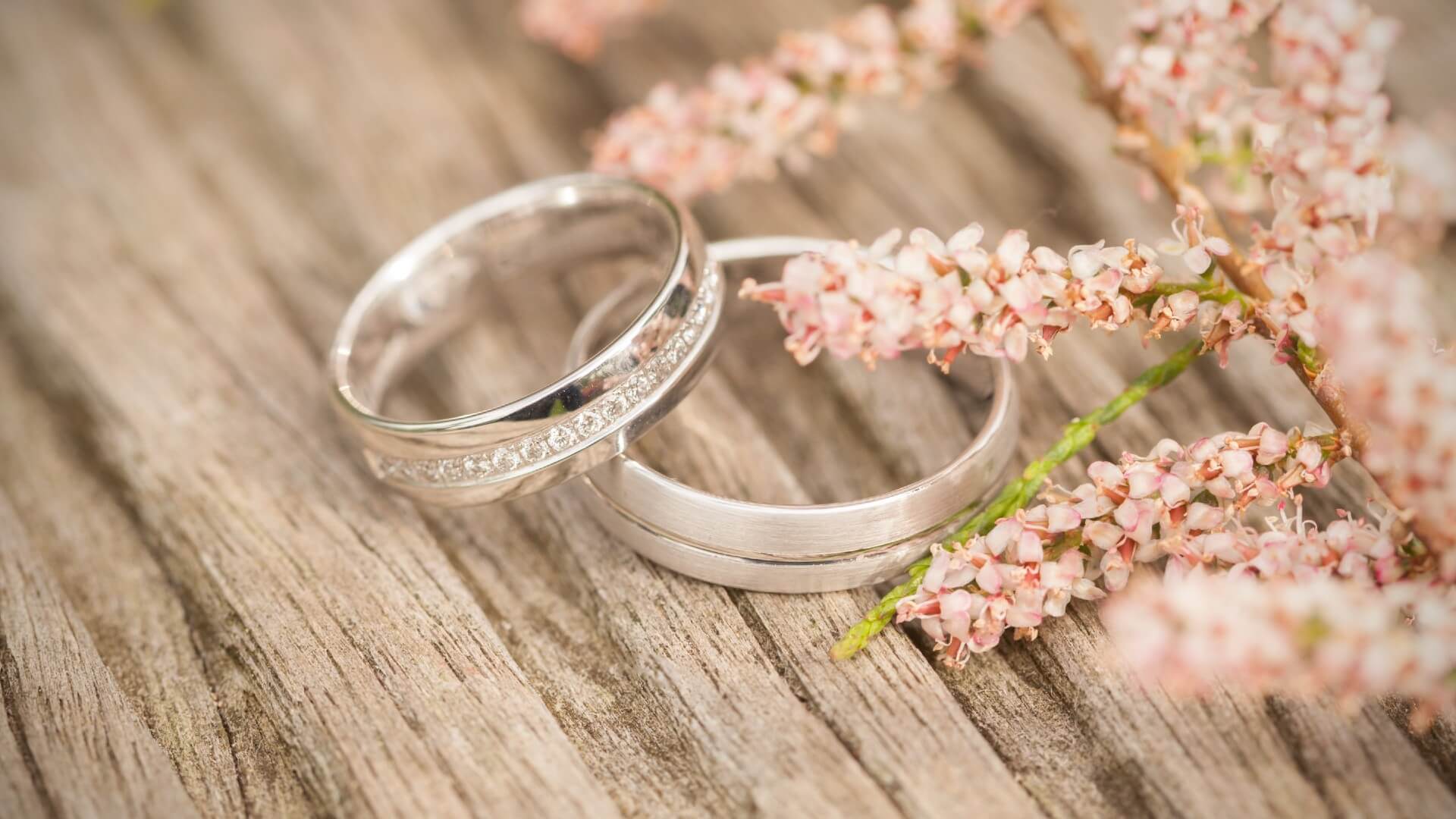
When you slip a wedding band onto your spouse’s finger during the ceremony, the ring symbolizes the public commitment of lifelong devotion you have made. Exchanging rings shows that the agreement to love and cherish each other is mutual. Placing it on the fourth finger signifies a direct connection to your heart because people once believed that a vein stretched directly from the base of that finger to the heart.
The visual aspects of your wedding ring have meaning as well. The circular shape of a wedding ring symbolizes an eternal commitment — because a circle has no beginning and no end. The hole at the center of the band reflects the wide-open journey of exploration you are both about to embark upon as a married couple. Wedding rings with symbols such as the twining infinity symbol add extra meaning to your individual band.
Who Pays for the Wedding Rings?
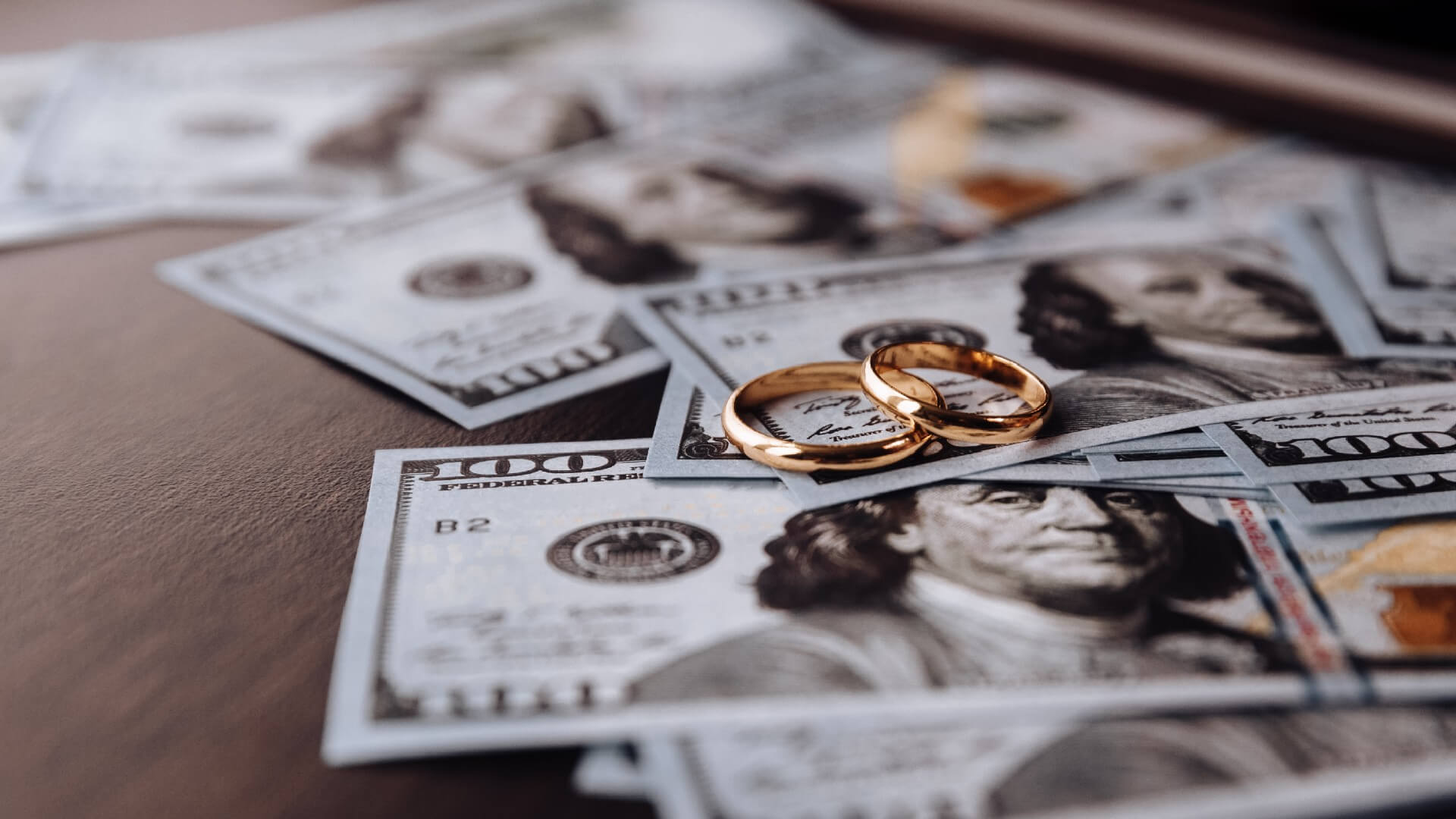
The decision of who pays for the wedding rings rests with each individual couple. Traditionally, each member of the couple buys the other person’s wedding band. In the past, a bride’s family would often pay for the groom’s wedding band if the bride was still living at home and did not have her own income.
Modern couples sometimes prefer to pick out matching bands together and pay jointly for both at the same time. Some brides choose a bridal set that includes both the engagement ring and a matching band that wraps around that ring. In this case, the groom typically purchases the entire set all at once.
How Much Should Wedding Rings Cost?
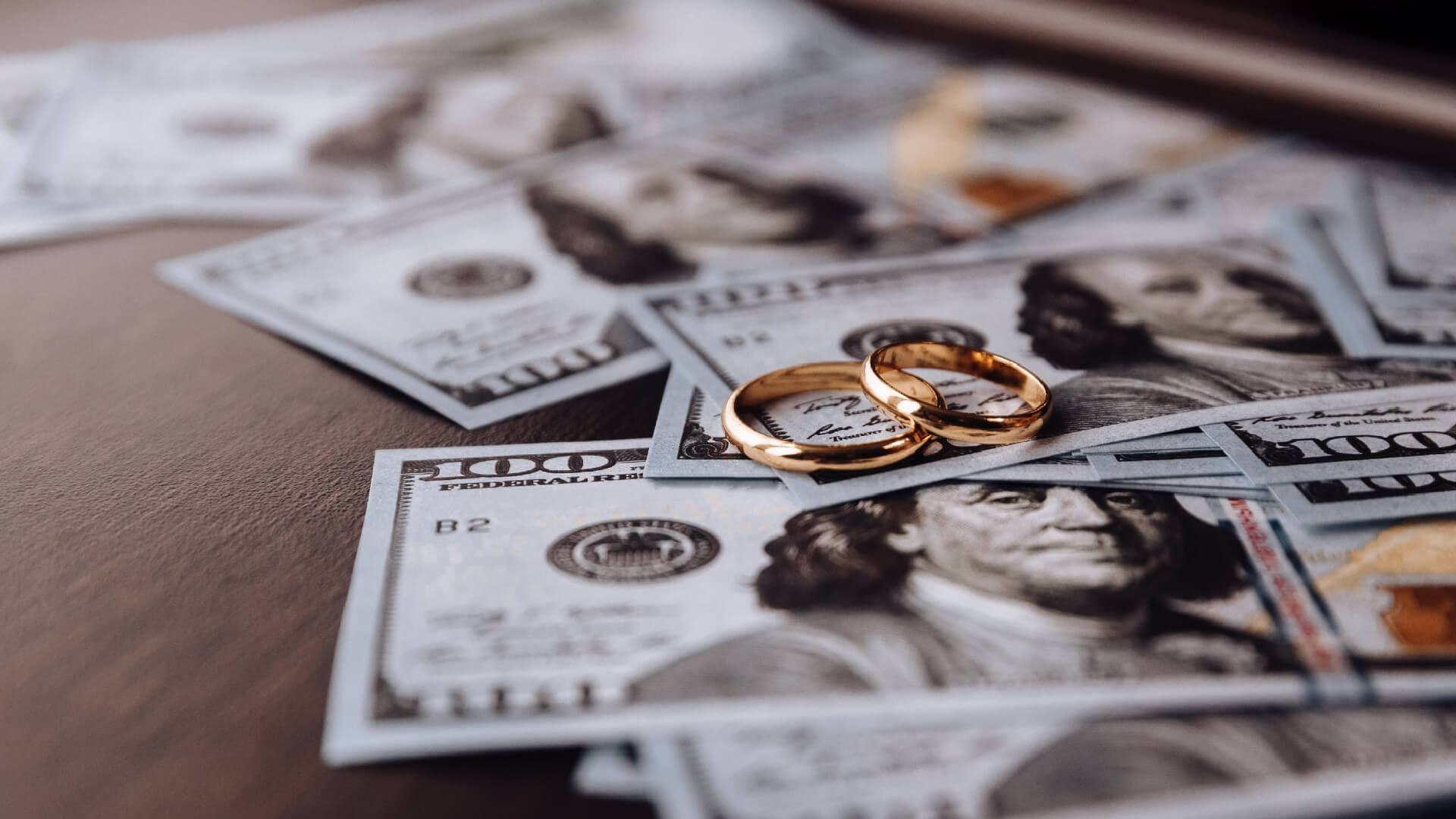
Wedding rings come in a wide price range, but they are generally less expensive than engagement rings. Prices for wedding bands range from around $100 to over $2,000 depending on the design, the material and whether the ring includes precious stones. Some wedding bands come included with your engagement ring as part of a bridal set.
When Did Men Start Wearing Wedding Rings?
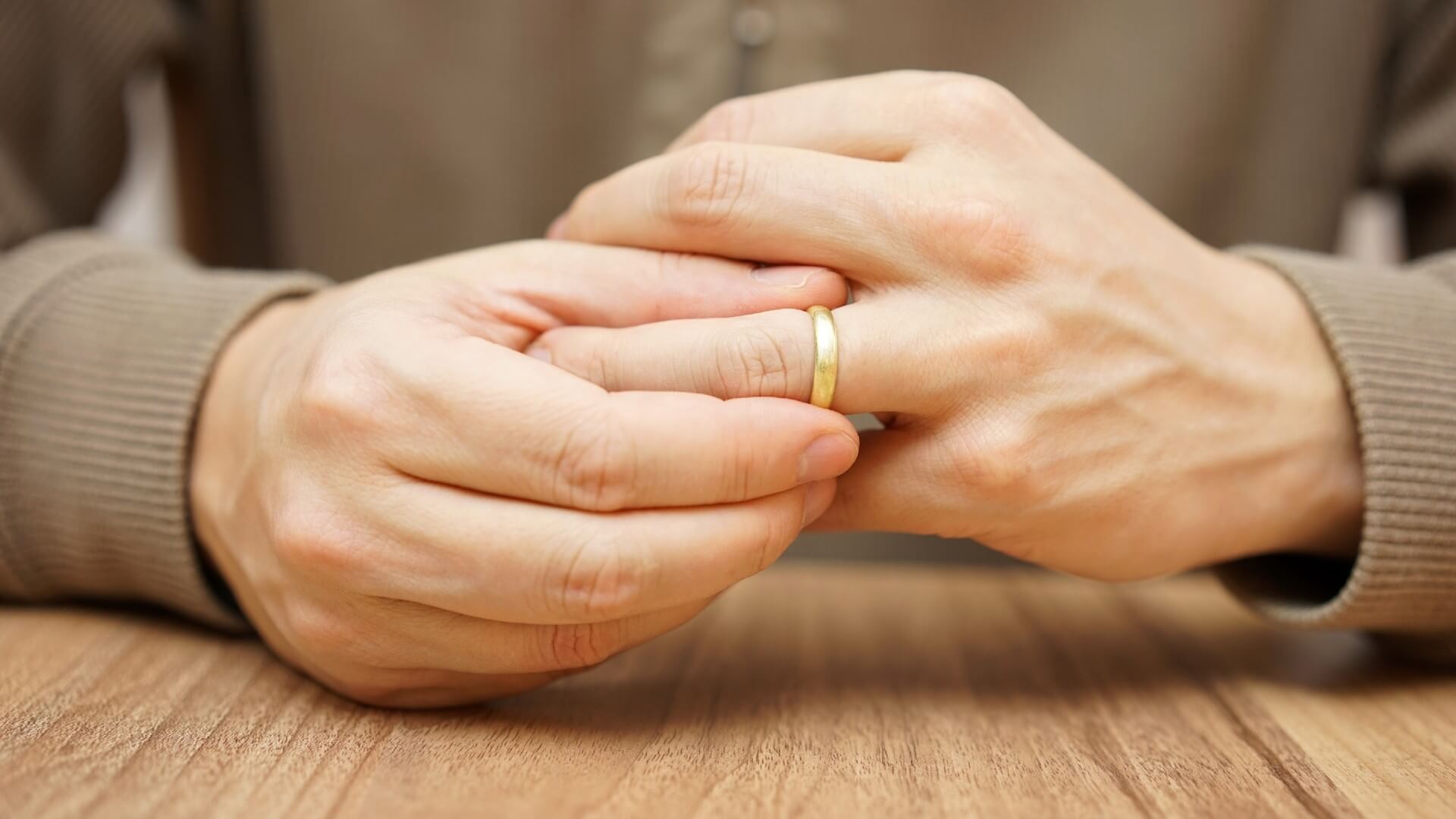
Originally, wedding rings were only for the bride, but now both men and women wear wedding bands. Men’s wedding rings didn’t truly become common until the middle of the 20th century. At that time, the selection of wedding bands for men was limited, but modern couples have plenty of men’s wedding band options to choose from, ensuring that any man who wants to wear a wedding ring can find one to suit his personality.
When Did Wedding Rings Become Popular?

The history of wedding rings stretches back to ancient Egypt, Greece and Rome. Originally, bands were simply strips of leather or carved from bone, but by the time of the Byzantine empire, metal was the material of choice for wedding rings. In the Middle Ages, rings became personalized with religious symbols and imagery that depicted the couple.
What Are Some Popular Styles of Wedding Rings?
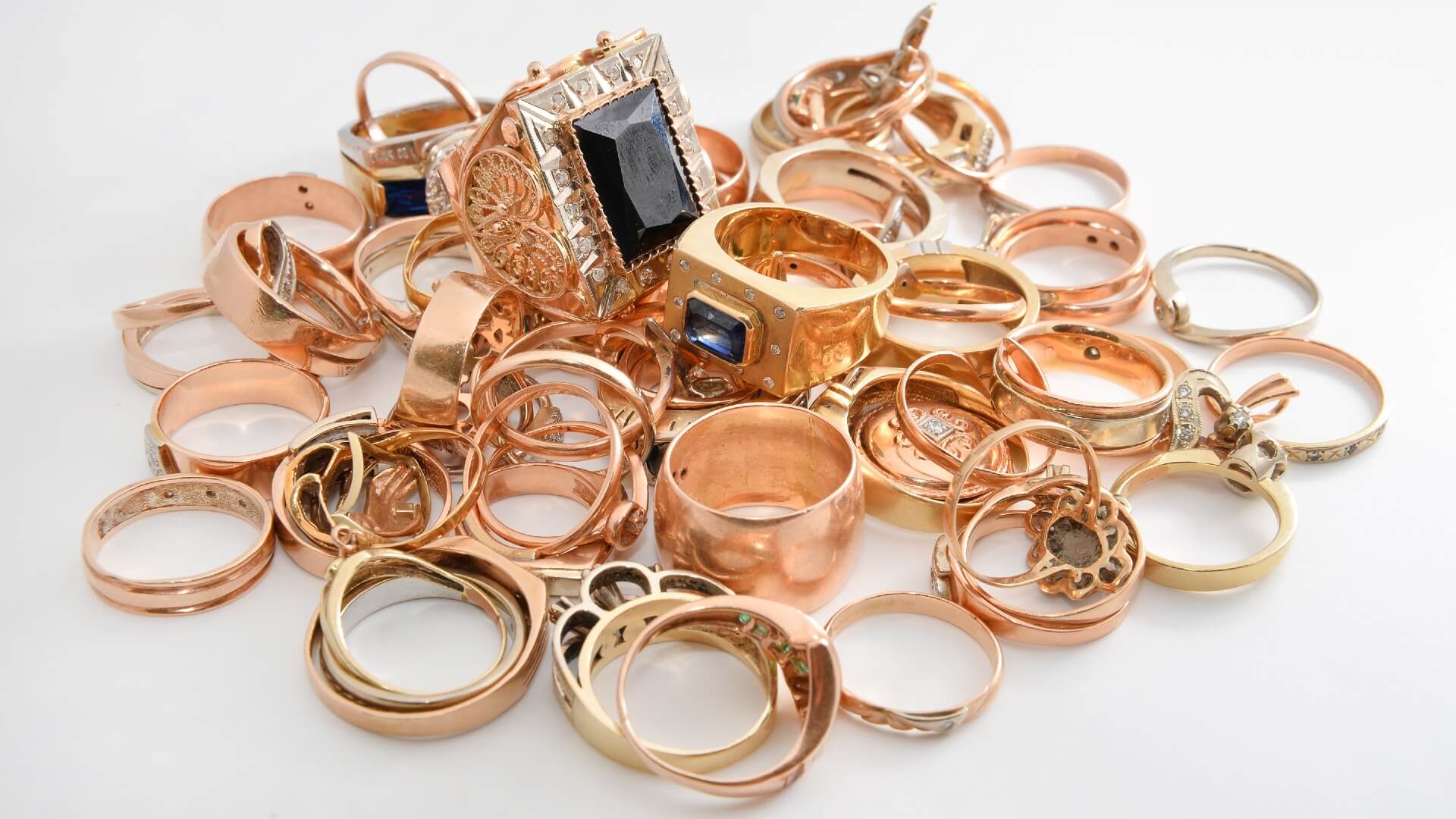
Wedding rings come in a wide range of styles, from sleek platinum bands to intricately carved designs. When you’re deciding what type of wedding ring you want, think about how decorative you’d like it to be, the specific color you prefer and whether you want diamonds or other stones set into the band. Some popular styles to consider include those below.
Classic Wedding Bands
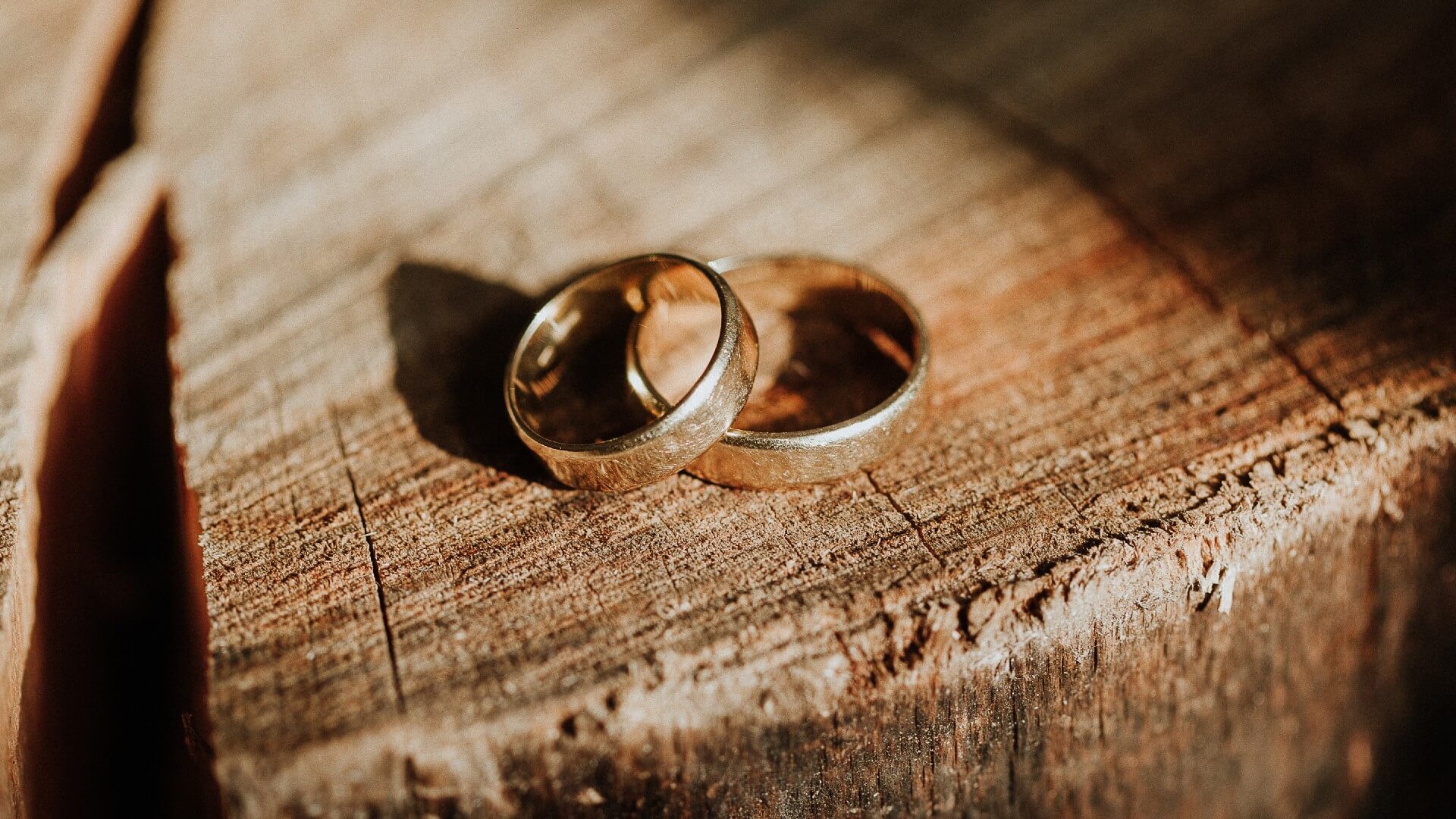
A simple ring of gold, platinum or another metal is the classic option when you’re choosing a wedding band. Band widths range from a thickness of 2 mm to 5 mm for women and between 2 mm and 7 mm for men. You can get bands that are flat along the sides or pick a comfort band style with gently curved edges that make the ring easier to slip on and off. Finish options include polished, matte and hammered, which means that there are a lot of different options to consider even if you’ve decided to go with a plain gold band.
Carved and Engraved Wedding Bands
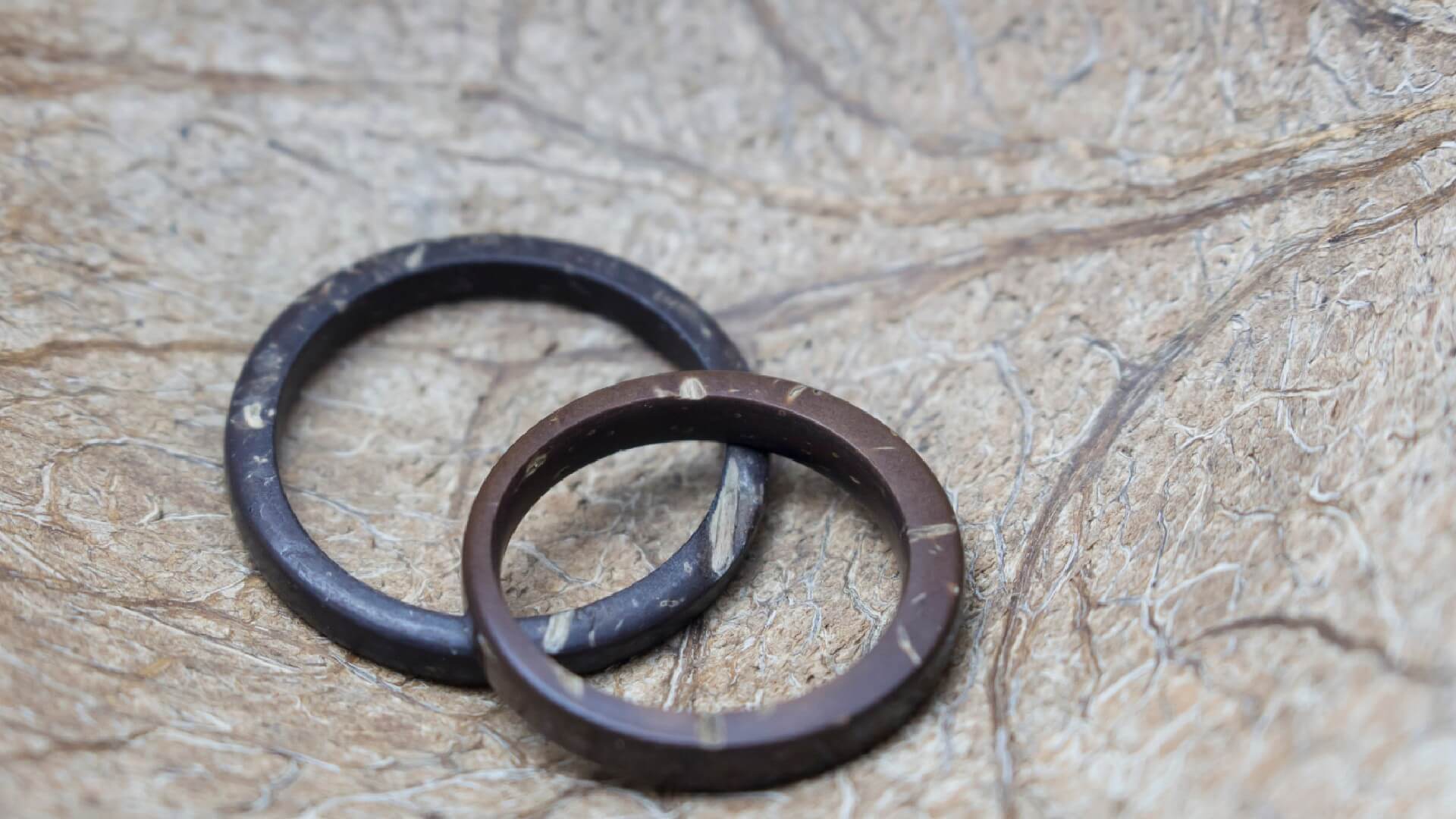
Carved and engraved wedding bands feature intricate repeating designs for extra visual interest on your hand. Floral, Celtic and French motifs let you express yourself or celebrate your heritage with your wedding ring. You might also consider a band with an inlay of textured metal surrounded by sleek polished gold.
Diamond Bands
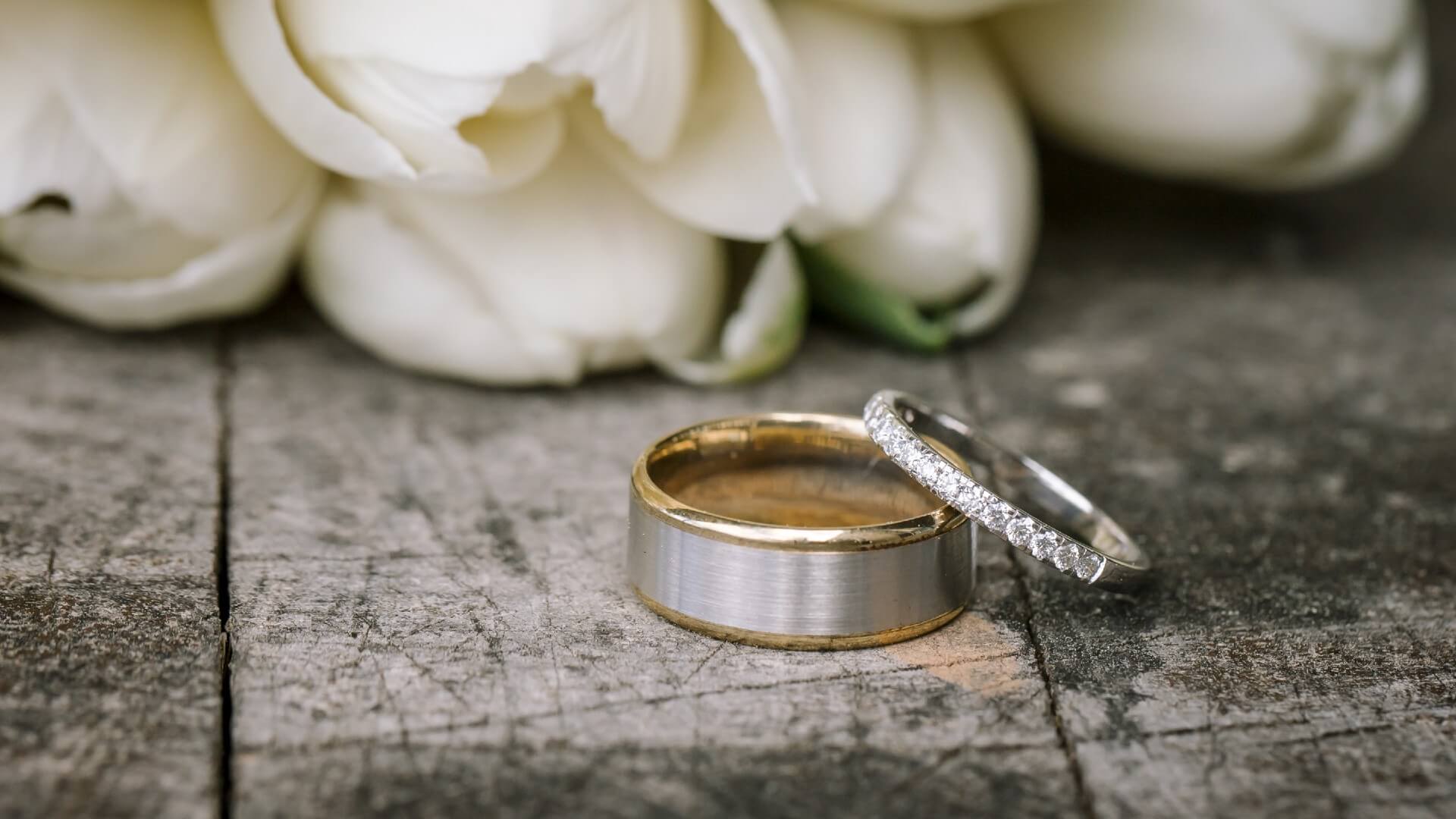
Wedding rings with diamonds include everything from simple bands that sport a few sparkling stones to eternity bands that feature diamonds all the way around the band. Other gemstones can be interspersed with diamonds in an eternity band, and thin diamond-adorned bands can be stacked to create a more dramatic look.
Contoured Wedding Rings
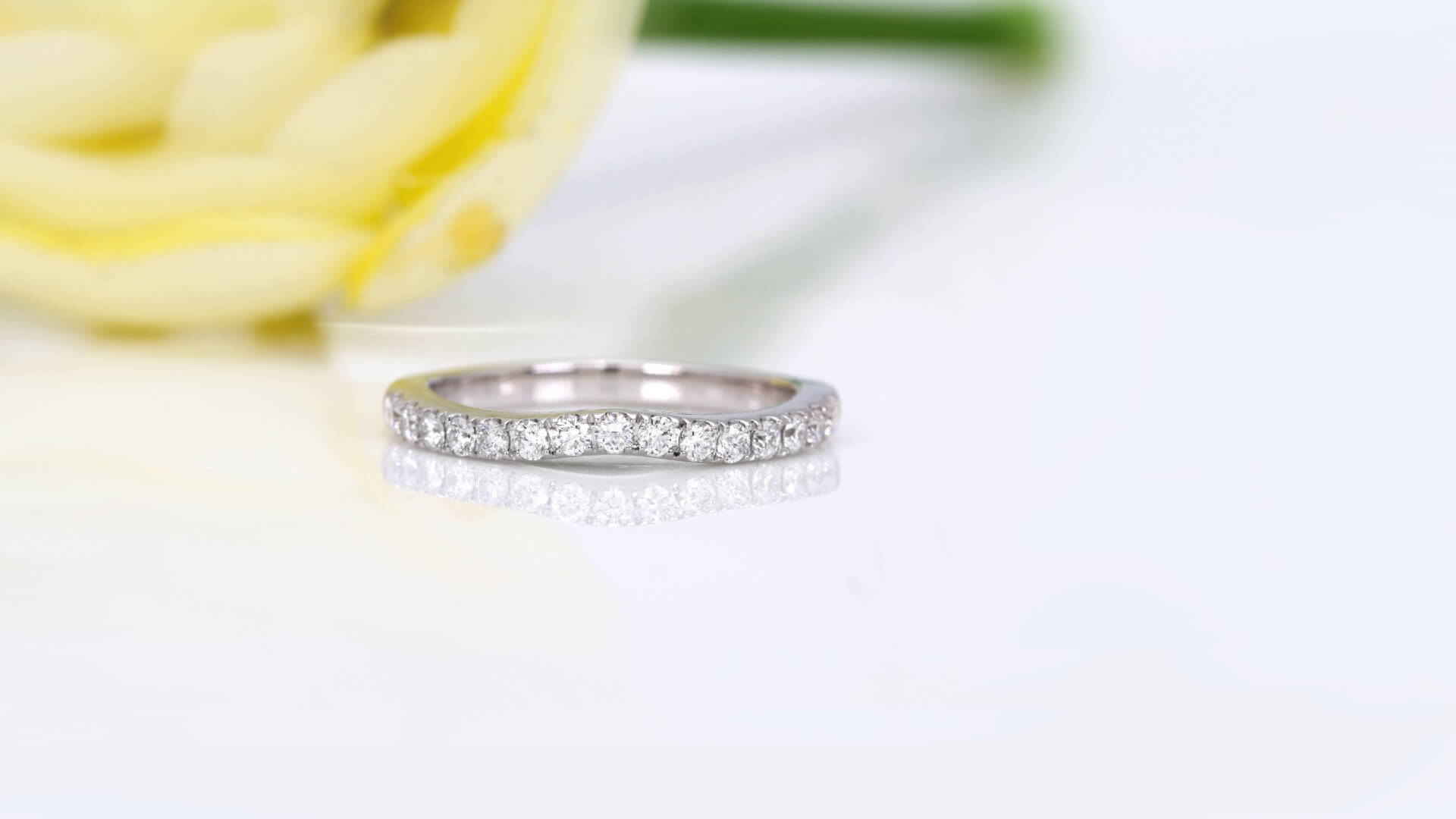
Contoured bands have a divot, curve or notch on one side where your engagement solitaire can fit flush up against the wedding band. These designs make it easy to stack your two rings, and many are crafted to match specific styles of engagement ring for a perfectly coordinated look.
Are Wedding Rings Always Made of Gold?
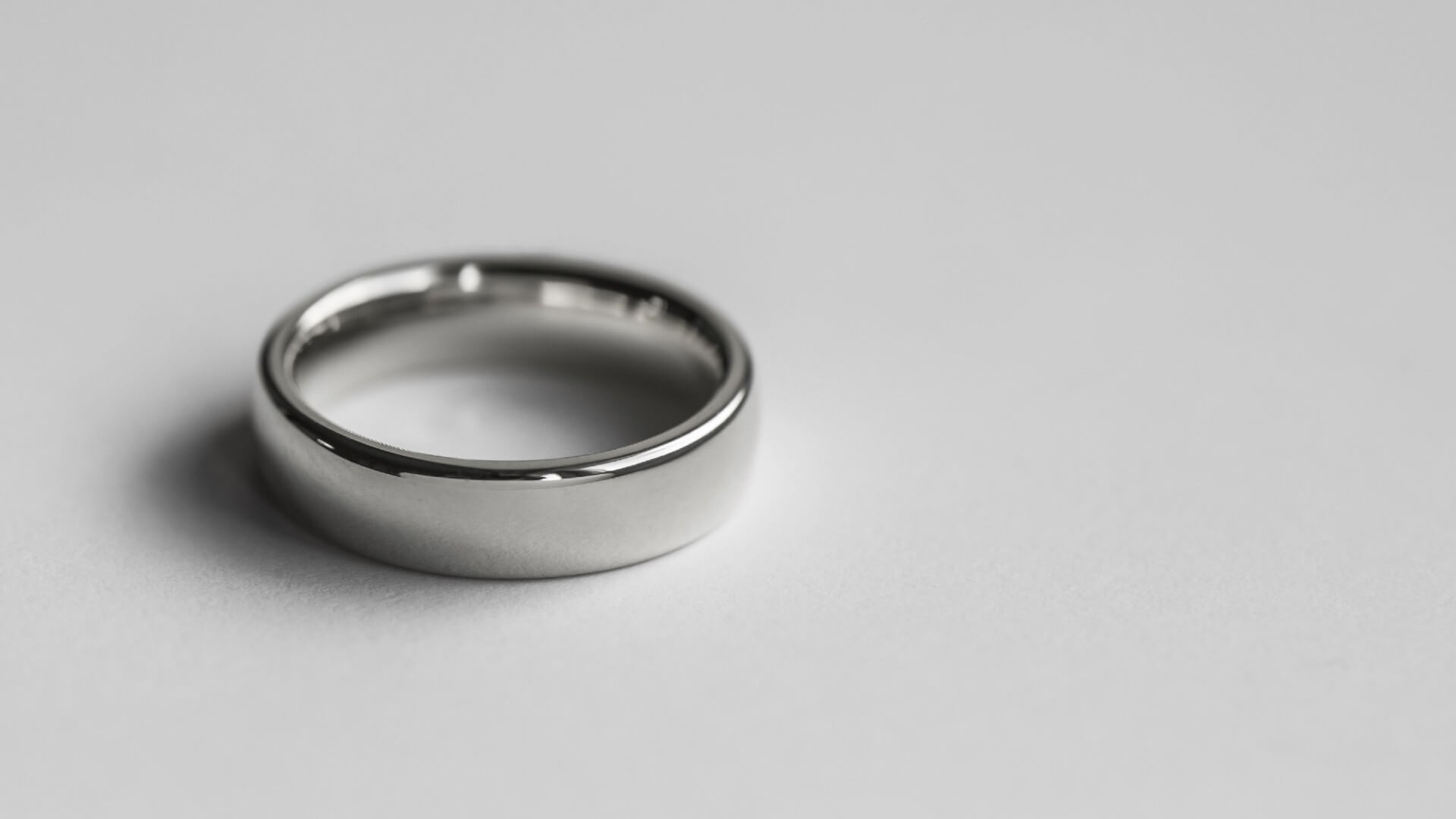
Gold is a popular metal for wedding rings, but it isn’t the only option you have. Platinum, palladium and tungsten wedding bands are popular alternatives to gold and offer unique characteristics that might better suit your lifestyle. Platinum and palladium are both silver-toned metals that are harder than gold, so they are less likely to scratch or dent. Tungsten bands are also extremely hard and resistant to breakage, and they come in shades ranging from a natural gunmetal tone to polished silver and gold shades. Modern black tungsten carbide bands offer a sophisticated contemporary look. Platinum, palladium and tungsten are also hypoallergenic, so they may be an option for someone who has an allergy to gold.
If you do opt for a gold wedding ring, you have plenty of choices there as well. White gold, rose gold and yellow gold wedding bands are available in both 14K and 18K to suit your preferences.
Whether you’re seeking a simple ring that feels comfortable on your finger or an intricate band that matches your existing engagement ring, deciding on a specific metal and design elements you want included in your ring can help you narrow down your search. Knowing what you want helps ensure that you find a ring that reminds you of your love and commitment day after day in the years ahead.

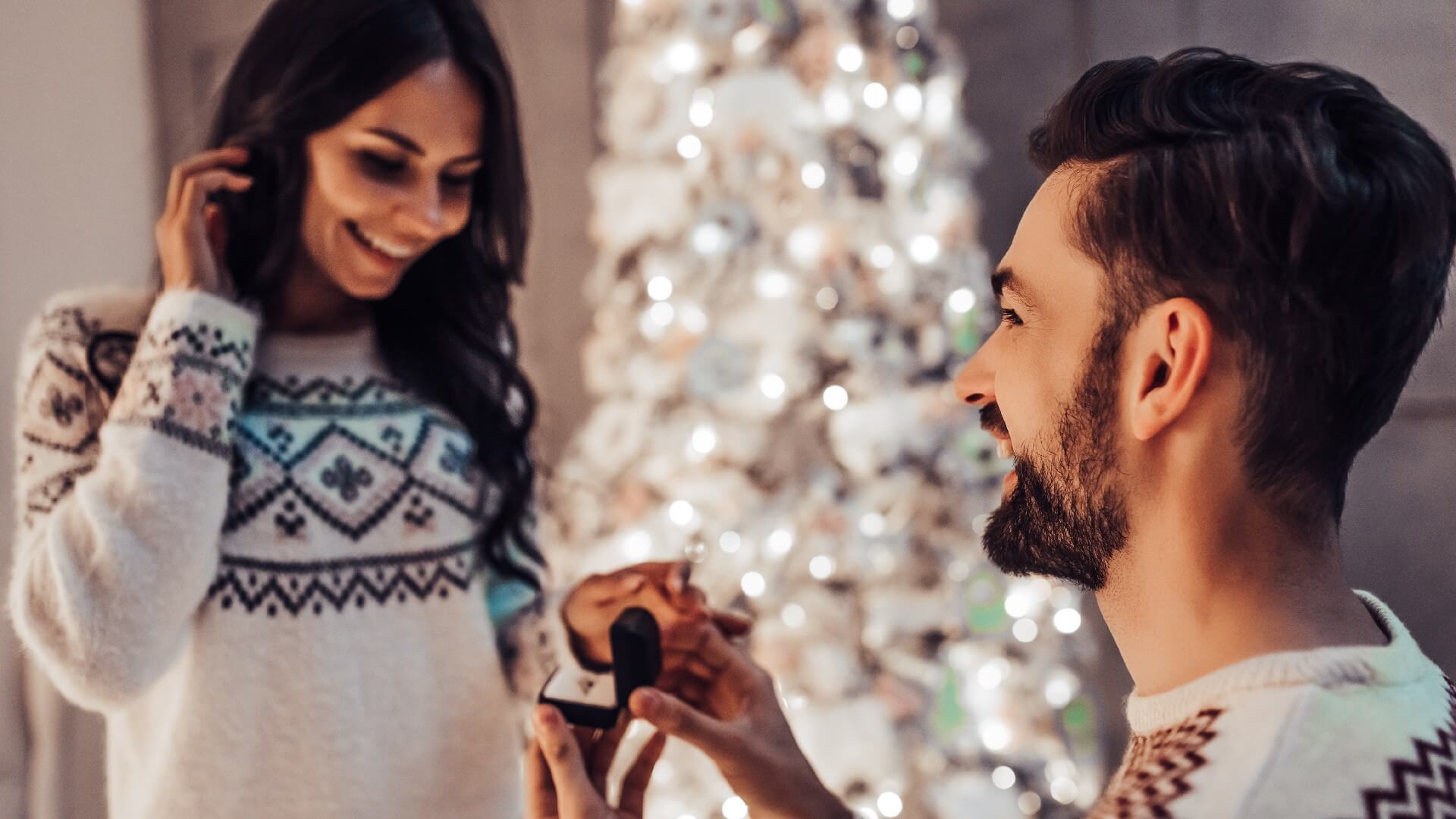
POST COMMENT